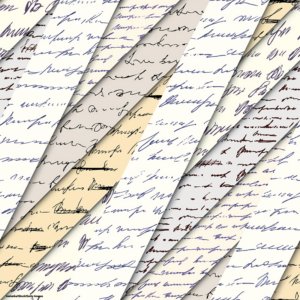
Recently, researchers began reporting on a remarkable discovery that was made during an archaeological excavation in June 2016. The site of the discovery is in the ancient Canaanite city of Lachish, about an hour drive south from the city of Jerusalem, in Israel. In their dig, archaeologists found what initially looked like a small bone. They later realized it was a tiny comb made of ivory. The thin teeth of the comb had been long broken off. This comb, measuring a little over an inch in length, was a unique artifact. Its discovery has helped researchers learn more about life in ancient Canaan. But it also reveals something about the history of alphabets.
Researchers noticed small markings on the side of the comb. However, the markings were worn down with time, making them difficult to read. Placing the comb under a strong light revealed something amazing. Under the light, researchers discovered the markings were faintly inscribed characters. They soon realized they were letters from the ancient Canaanite alphabet. Once translated they revealed this message: “May this tusk root out the lice of the hair and the beard.” This sentence is the oldest-known complete sentence written in Canaanite script.
Researchers have attempted to determine the exact age of the comb. However, attempts to date the artifact using sophisticated techniques called radiocarbon dating have failed. Comparisons with other similar artifacts have allowed researchers to estimate that the comb was from around 1700 to 1550 B.C.E.
Canaanite Script

The Canaanite writing system, believed to have emerged between 1900 and 1400 B.C.E., marked a major advancement in the development of writing. Earlier writing systems, such as the cuneiform of ancient Mesopotamia and the hieroglyphics of ancient Egypt, used simplified pictures known as pictographs to represent ideas and objects. Canaanite script, however, used shapes known as letters to represent the sound of the words themselves. This system was a breakthrough that eventually became the foundation for ancient Greek and Latin writing systems. Today, we use variations of this alphabet for languages around the world, including the English alphabet.
The Meaning of the Comb
The inscription on the comb, despite its simplicity, offers a glimpse into some of the Canaanites everyday concerns. It reflects a common problem that still plagues us today—head lice. The inscription recommends using the comb to remove lice from hair and beards.
The comb tells us something too about trade in ancient Canaan. The comb was made of ivory. But there were no elephants in Canaan at the time it was made, meaning it must have been imported from elsewhere. This tells us that ancient Canaan had trade ties with ancient Egypt, Turkey, and perhaps even ancient India or China.
